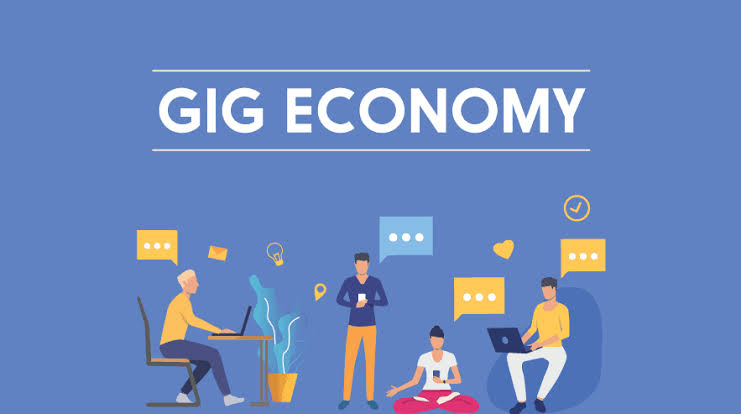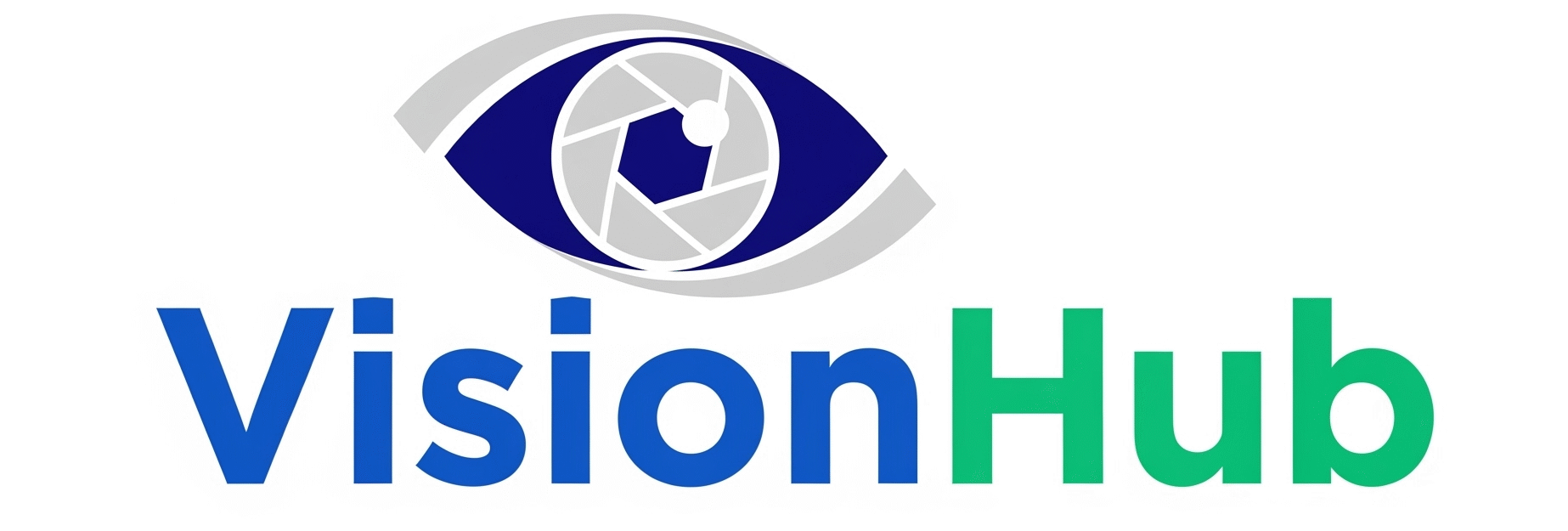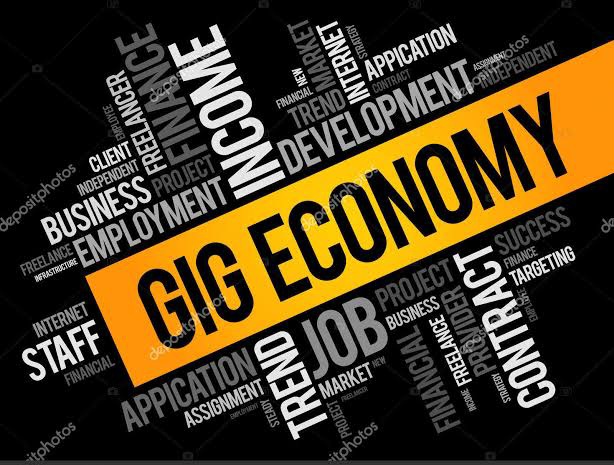Embracing the Gig Economy and Earning Strategies Through Digital Platform Using Various Method has now a days is very popular among youth . Does’t matter that you are from a Big city or working professional or a student anyone and from anywhere can adopt digital tech to embrace gig earning . In recent years, the gig economy has transformed the traditional employment landscape, offering individuals unprecedented flexibility and an array of opportunities to generate income. This shift has been powered by technological advancements, changing workforce demographics, and evolving economic conditions, allowing people to engage in freelance work, short-term contracts, or various side hustles. Understanding the dynamics of the gig economy and the multitude of earning strategies available today is essential for anyone looking to make a significant and sustainable income.
In this blog we will sunderstand the need adoptation techniqe and top earning method using digital platform that will guide you step by step .
Understanding the Gig Economy
The gig economy encompasses a variety of activities that allow individuals to earn income through temporary, flexible jobs. Companies such as Uber, Airbnb, and Freelancer.com facilitate gig-based work by connecting freelancers with businesses or individuals who need specific services. These gigs can range from driving for a rideshare company to performing freelance graphic design or writing. The primary appeal of the gig economy is its flexibility, offering workers control over their hours and opportunities, unlike traditional jobs which demand fixed schedules and often come with long-term commitments.

The Rise of Digital Platforms

Digital platforms are at the heart of the gig economy. They serve as marketplaces that match freelancers with potential jobs. Platforms like Upwork and Etsy have made it easier than ever for anyone with a computer and internet access to offer their skills and services to a global audience. These platforms handle much of the logistics associated with freelance work, such as payment processing and dispute resolution, which lowers the barrier for entry for many potential gig workers.
Gig Work Versus Traditional Employment
While traditional employment often provides a stable income and benefits like health insurance and retirement plans, gig work offers flexibility and the possibility for higher, albeit less consistent, earnings. However, gig workers are generally considered independent contractors, which means they are responsible for their own taxes, insurance, and other expenses typically covered by an employer in a traditional job setting.
The trade-off between stability and flexibility is a key consideration for anyone entering the gig economy. For some, the ability to set their own schedules and choose their projects outweighs the lack of traditional job security and benefits.
Earning Strategies in the Gig Economy
1.Freelancing: Offering professional services based on individual skills, such as writing, programming, design, or consulting. Freelancers typically find gigs through platforms that connect them with clients needing specific expertise.
2.Selling Products: Many gig workers create and sell products online. Platforms like Etsy, eBay, and Amazon provide marketplaces where individuals can sell everything from handmade crafts to vintage items and even new products.
3.Asset Sharing: Participating in the sharing economy by renting out owned assets, such as homes or cars. Airbnb and Turo are examples of platforms that facilitate this kind of income generation.
4.On-Demand Services: Providing direct services such as ridesharing, grocery delivery, or home cleaning through apps like Uber, Lyft, Instacart, and TaskRabbit.
5.Content Creation and Monetization: Using platforms like YouTube, Twitch, or Patreon to create content that generates income through advertising, sponsorships, and fan contributions.
Challenges and Opportunities
While the gig economy offers various opportunities, it also presents challenges. The lack of job security and fluctuating income can create financial instability and stress. Moreover, the competitive nature of platform-based gig work means that success often depends on marketing oneself effectively, maintaining high ratings, and continually adapting to market demands.
However, the gig economy also offers substantial opportunities for entrepreneurship and innovation. Individuals can use these platforms to test new business ideas with minimal upfront investment. They also provide a unique chance to gain experience in a variety of roles and industries.
The gig economy is reshaping the way we think about work, income, and career development. As we advance into this new era, understanding the available earning strategies and how to navigate the challenges and opportunities they present is crucial for anyone aiming to leverage the gig economy effectively. Whether you’re looking to supplement your income, gain financial independence, or explore new career paths, the strategies outlined in this book provide a roadmap to achieving those goals.
The income strategies varied widely in approach, industry, and execution, yet they all share common elements of success: innovation, persistence, and adaptability. In our upcoming Blog we will discuss these given topics in details ;
1.Freelancing and Digital Services: Leveraging skills in a freelance capacity or creating digital products requires continuous learning and adaptation to new tools and market demands. Staying updated with industry trends and networking are crucial.
2.E-Commerce and Dropshipping: These areas demand attention to customer trends, inventory management, and marketing strategies. Keeping customer satisfaction high and costs low are key drivers of success.
3.Investments in Stocks and Real Estate: These methods require a keen eye for market trends and an understanding of economic factors. Diversification and risk management are essential to protect and grow your investments.
4.Affiliate Marketing and Content Creation: Building a personal brand and engaging with your audience continuously can lead to substantial returns. These strategies thrive on high-quality content and trusted relationships.
5.App Development and Advanced Tech: Staying ahead of technological advances and continually improving your product offerings are vital to keeping your apps relevant and profitable.
Each of these strategies comes with its own set of challenges and opportunities. The ability to adapt to changes and resolve problems effectively will significantly enhance your potential for long-term success. In Our Upcoming Blog we will discuss in details about these strategies , challenges and opportunities .
Planning for Future Expansion ; As you consolidate your current income streams, consider the following steps to ensure sustainable growth and expansion:
1.Scale Existing Ventures: Look for ways to expand your current operations. This might mean investing in marketing for your digital products, hiring additional help to increase freelance output, or developing new features for your app.
2.Diversify Income Streams: If you’re heavily reliant on one income source, consider branching out to mitigate risk. For example, a freelance graphic designer might start teaching online courses on design principles or branching into digital product sales.
3.Upgrade Skills and Knowledge: Continuous education is vital in today’s fast-paced world. Attend workshops, enroll in courses, and read up on your industry’s latest developments. Higher expertise can lead to better opportunities and the ability to charge more for your services or products.
4.Leverage Automation: Where possible, use technology to automate repetitive tasks. This frees up time to focus on more creative or high-value tasks, which can lead to better income opportunities

